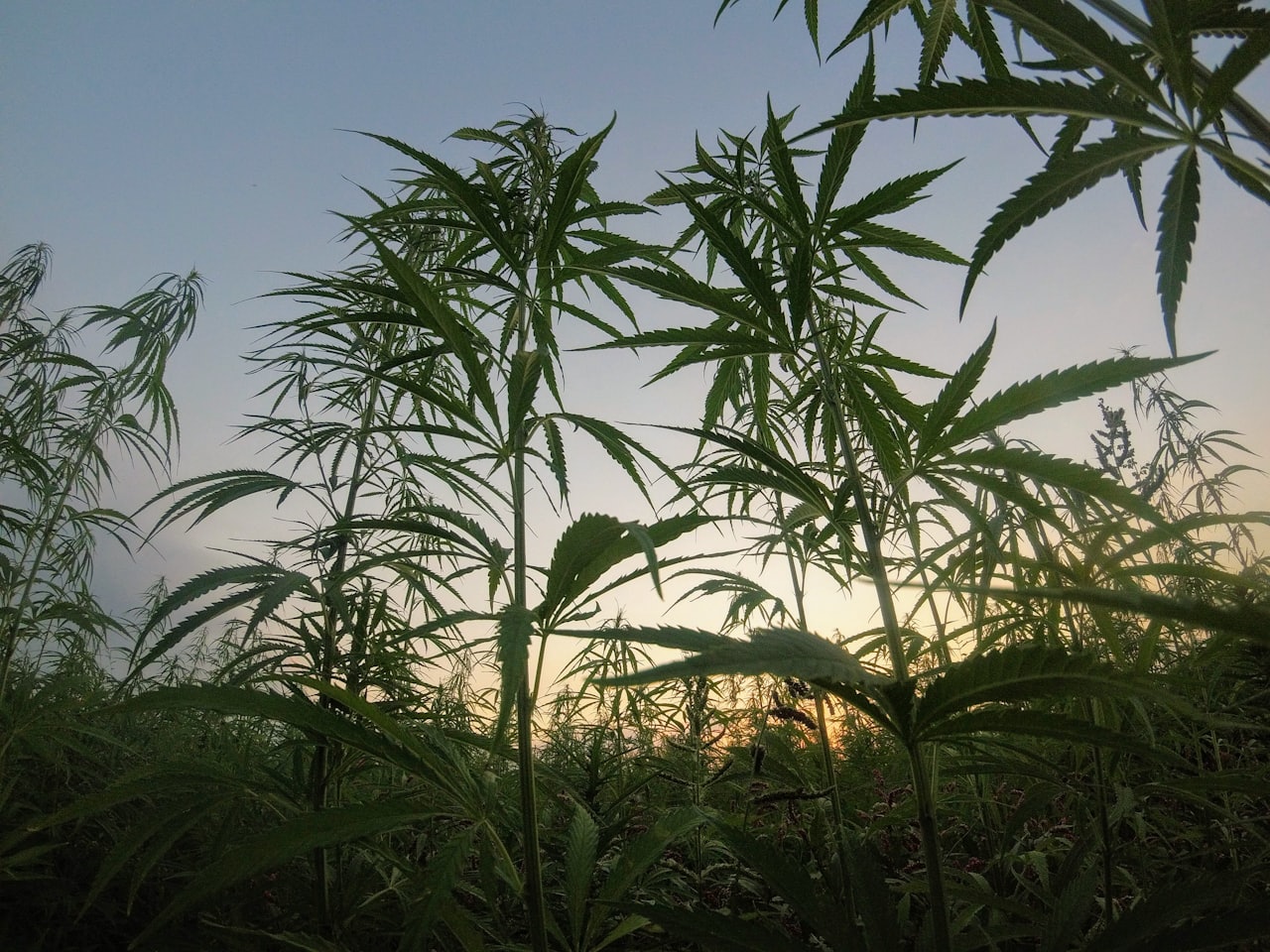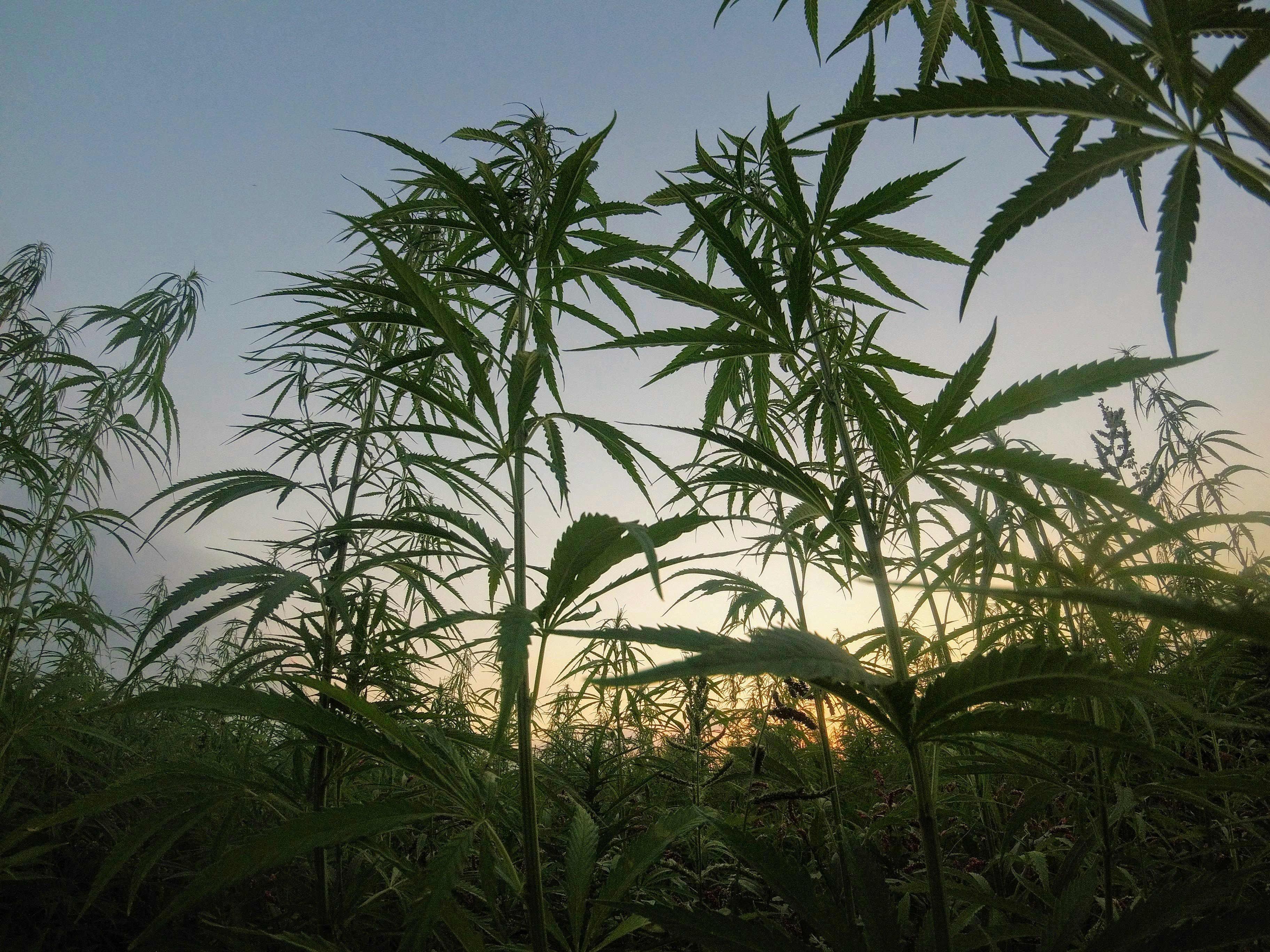Exploring Terpenes: Benefits, Uses, and Effects Explained
Discover what terpenes are, their benefits, uses, and effects. Learn how these natural compounds impact aroma, flavor, and wellness in everyday life.



Terpenes are naturally occurring chemical compounds that make certain cannabis plants smell or taste different from others. But they’re not unique to cannabis – they’re found in virtually all plants, responsible for the calming scent of lavender, the refreshing aroma of pine forests, and the bright fragrance of citrus fruits.
While most people encounter terpenes daily through common plants and foods, they’ve gained particular attention in the cannabis industry. These aromatic compounds work alongside cannabinoids like THC and CBD to potentially produce various medicinal and therapeutic effects.
As regulations around cannabis research continue to evolve, scientists are increasingly studying terpenes to understand their role in plant biology and human health. From potential pain-relieving properties to possible stress-reduction benefits, these compounds are revealing themselves as important players in both plant life and human wellness.
What Are Terpenes?
Terpenes are aromatic compounds found in most plants and some animals. They’re responsible for the characteristic scents of many plants – from the sharp pine needle fragrance to the soothing lavender aroma and the bright scent of fresh orange peel. While terpenes are particularly abundant in cannabis, they’re present throughout nature and play essential roles in plant survival.
These compounds are built from isoprene, a five-carbon building block that allows terpenes to form various structures with different properties. In nature, terpenes serve multiple crucial functions:
- Plant Defense: These compounds protect against predators and pests by producing bitter tastes or repelling odors
- Environmental Protection: Many terpenes shield plants from UV rays and help them cope with temperature extremes
- Pollinator Attraction: Pleasant scents attract bees and other pollinators essential for plant reproduction
- Plant Communication: Some terpenes help plants signal to beneficial insects that prey on harmful pests
Beyond their natural roles, terpenes have become valuable ingredients in many products we use daily. Manufacturers use isolated terpenes to create flavors and scents in everyday items, from perfumes and body products to foods and cleaning solutions. Their potential therapeutic benefits have also made them a growing focus of medical research.
Types of Terpenes
There are 146 known terpenes in cannabis alone, but thousands exist throughout nature. Each has its own unique chemical structure and potential effects. Here are some of the main categories:
- Monoterpenes: Simple terpenes with two isoprene units, common in essential oils like pine and mint. They’re often responsible for fresh, crisp scents.
- Sesquiterpenes: Found in plants like chamomile and cannabis, containing three isoprene units and often producing earthier aromas..
- Diterpenes: Present in plants like coffee and tobacco, containing four isoprene units and typically less volatile than their smaller counterparts.
You encounter these terpenes daily, often without realizing it. They’re present in:
- Household cleaners (especially citrus-based products)
- Essential oils and aromatherapy products
- Natural food flavorings
- Personal care items
- Fresh fruits and vegetables
Terpenes have the unique ability to interact with the human body through various pathways – whether inhaled, absorbed through the skin, or ingested. This versatility has made them increasingly popular in both traditional wellness practices and modern therapeutic applications.
What’s the Relationship Between Terpenes, THC, and CBD?
The main difference is that while terpenes are found throughout nature, cannabinoids are specific to cannabis. THC (tetrahydrocannabinol) and CBD (cannabidiol) are the most well-known cannabinoids, but they’re just two of over 100 cannabinoids that the cannabis plant contains.
Cannabinoids work by directly activating receptors in the body’s endocannabinoid system, with THC creating the characteristic “high” associated with cannabis use, while CBD offers potential therapeutic benefits without psychoactive effects.
Terpenes interact with the body differently. Research suggests they may work in tandem with cannabinoids in what experts call the “entourage effect.” This hypothesis suggests that the “full spectrum” of cannabis compounds – including cannabinoids, terpenes, and other compounds – work together synergistically to produce unique effects.
Evidence for the Entourage Effect:
- A 2010 study showed that a combination of CBD and THC is more effective for pain management than THC alone
- Fullspectrum cannabis extracts may be more effective than isolated compounds
- Cannabis strains with identical THC levels but different terpene profiles can produce notably different effects
If you use a CBD isolate (a product containing only CBD) and find it doesn’t have your desired effect, consider trying a full-spectrum CBD product that contains the plant’s natural terpenes.
Remember: while cannabinoids are primarily found in cannabis, you can experience terpene benefits from many other plants and products, from essential oils to fruits and herbs.
What are the Effects of Common Terpenes?
There are 146 known terpenes in cannabis, but experts have only linked a handful of them to specific effects. Here are some of the most well-studied terpenes and their potential benefits:
Beta-caryophyllene
- A major ingredient in cloves, rosemary, and black pepper
- May be beneficial for managing symptoms of anxiety and depression
- Distinguished by its spicy, peppery aroma
- Found in many anti-inflammatory products
Myrcene
- Most abundant terpene in cannabis
- Found in mangoes, hops, and lemongrass
- Has antifungal and antibacterial properties
- May have sedating effects
- Characterized by an earthy, musky aroma
Limonene
- One of the most commonly found terpenes in nature
- Present in citrus fruit peels and many cleaning products
- May have anti-anxiety properties (shown in animal studies)
- Preliminary research suggests potential anticancer properties
- Features a bright, citrus aroma
Pinene
- Common in pine needles, rosemary, and basil
- May have both antidepressant and anticancer properties
- May help improve alertness and memory
- Recognized by its fresh, forest-like scent
Linalool
- Primarily found in lavender
- Popular in aromatherapy for stress relief
- May help alleviate anxiety
- Studies suggest anti-inflammatory properties
- Features a floral, calming aroma
Keep in mind that much of the research on terpenes is still in its early stages. While preliminary studies show promise, high-quality human studies are needed to fully understand the health impacts of different terpene profiles.
Potential Effects of Terpenes
Research into terpenes is still in its early stages, but preliminary studies suggest these compounds may interact with the body in various ways. While more research is needed to fully understand their effects, here’s what current science tells us about how terpenes might work:
How Terpenes Interact With The Body
Terpenes can be:
- Inhaled (through aromatherapy or vaporization)
- Absorbed through the skin (in topical products)
- Ingested (through foods and supplements)
Many terpenes are bioactive, meaning they may affect the body in different ways depending on concentration and method of use. Research suggests terpenes might work with the body’s endocannabinoid system, similar to but distinct from how cannabinoids work.
Areas of Current Research
Scientists are studying terpenes’ potential effects in several areas:
Stress Response
- Linalool (found in lavender) is being studied for its possible calming properties
- Preliminary research explores how certain terpenes might affect mood
Inflammatory Response
- Beta-caryophyllene is the subject of studies examining inflammation
- Researchers are investigating how this terpene interacts with CB2 receptors
Mental Clarity
- Studies are looking at pinene’s potential effects on alertness
- Research continues into how terpenes might affect cognitive function
Sleep Patterns
- Scientists are examining myrcene’s properties
- Studies explore how certain terpenes might influence relaxation
Microbial Interactions
- Research investigates limonene’s properties
- Laboratory studies examine terpene interactions with various organisms
Important Considerations:
- Most terpene research is still preliminary
- Many studies are conducted in laboratories or on animals
- More high-quality human studies are needed
- Always consult healthcare professionals before using terpenes for any health purpose
- Terpenes aren’t intended to diagnose, treat, cure, or prevent any disease
What Can You Do to Maximize the Benefits of Terpenes?
Whether you’re interested in terpenes for their aromatherapy benefits or their potential therapeutic properties, here are some practical ways to incorporate them into your daily life:
In Cannabis and Hemp Products
- Look for lab-tested products that list terpene profiles
- Check the three most prevalent terpenes (usually shown as percentages)
- Look for total terpene content of 1-3%
- Consider full-spectrum products rather than isolates
- Note that terpene content can diminish over time
In Essential Oils and Aromatherapy
- Choose high-quality, pure essential oils
- Common beneficial combinations include:
- Lavender (linalool) for relaxation
- Citrus oils (limonene) for mood
- Pine (pinene) for focus
- Use proper dilution ratios
- Consider diffusers or topical applications
In Food and Beverages
- Fresh citrus fruits (rich in limonene)
- Herbs like basil and rosemary (contain pinene)
- Mangoes (high in myrcene)
- Black pepper (beta-caryophyllene)
- Herbal teas
Important Usage Tips:
- Start with small amounts to test your response
- Store terpene-rich products properly to maintain freshness
- Be cautious with concentrated forms
- Check product quality and testing
- Avoid excessive heat which can degrade terpenes
- Keep a journal to track effects of different terpenes
Products to Consider:
- Natural cleaning products
- Plant-based skincare
- Herbal supplements
- Aromatherapy diffusers
- Full-spectrum CBD products
The Bottom Line
Terpenes play an important role in the aroma and flavor of cannabis and many other plants. These aromatic compounds work alongside cannabinoids and other plant compounds to potentially produce various effects, making them increasingly important in both traditional wellness practices and modern applications.
Key Takeaways:
- Terpenes are naturally occurring compounds found in most plants
- They’re responsible for distinct plant aromas, from pine to lavender to citrus
- While abundant in cannabis, beneficial terpenes can be found in many everyday plants and products
- Research into their potential effects is still in early stages
- Different terpenes may work together with other plant compounds in what’s called the “entourage effect”
Important Considerations:
- Your individual response to terpenes may vary
- Quality and freshness matter when choosing terpene-rich products
- Many factors can affect how terpenes work, including:
- Your physiology
- Product quality
- Method of use
- Environmental factors
As research continues and our understanding grows, terpenes remain an exciting frontier in both plant science and human wellness. While we still have much to learn, their widespread presence in nature and growing applications make them worth understanding.
This domain may be for sale
Get in touch for more info

